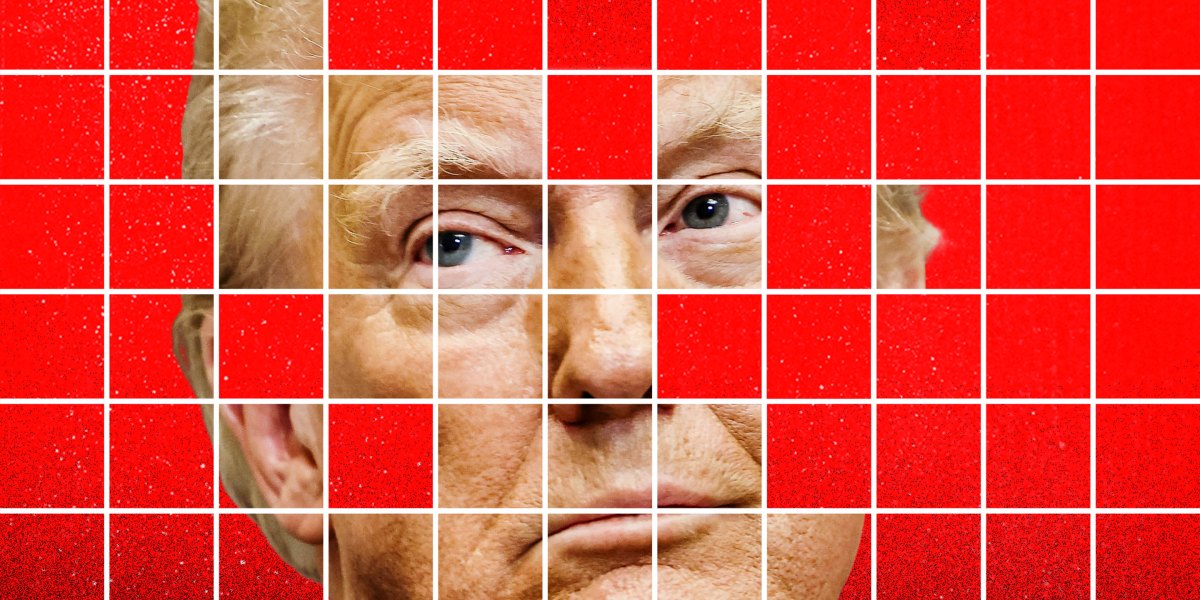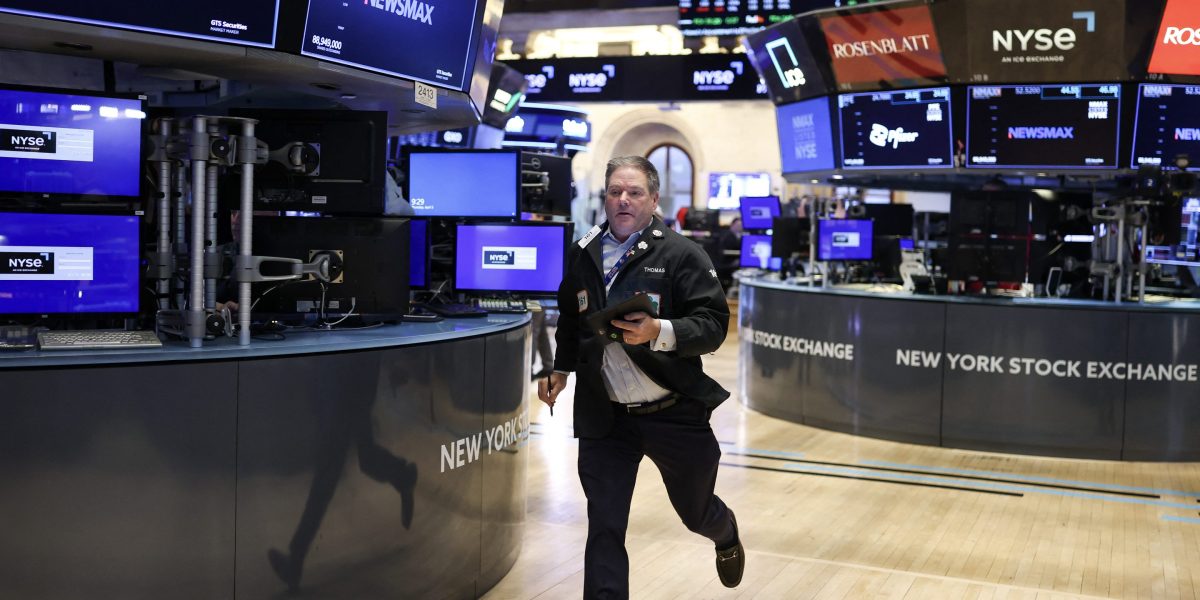A few countries stand out on the White House’s new chart of its so-called reciprocal tariffs. Cambodia, with a new 49% tariff; Vietnam, with 46%; and Thailand, at 36%.
Southeast Asia—even compared to its Asian peers—was particularly hard hit on “Liberation Day.”
Economies in Southeast Asia have largely benefited from the “China plus one” strategy, an approach to supply chains where major manufacturers began to route some of their supply chains through third countries. Both Western and Chinese companies embraced supply-chain diversification for several reasons: cheaper labor outside China, tariff avoidance, and ensuring resilience amid disruptions like the COVID-19 pandemic.
Vietnam had a trade surplus of $123.5 billion with the U.S. last year, leading analysts to warn earlier this year that the country was most at risk. Hanoi had tried to win itself a reprieve by preemptively cutting import duties in the lead-up to April 2. On Friday, Trump also said he had a productive call with Vietnam’s top leader To Lam. According to Trump, Lam offered to cut Vietnamese tariffs on U.S. goods down to zero if the two countries could reach an agreement.
Apart from Vietnam, three other countries in the region got hit with high tariffs. Cambodia, Laos, and Thailand, which got hit with tariff rates of 49%, 48%, and 36%, respectively.
Other Southeast Asian nations facing significant new tariffs include Indonesia with a 32% tariff rate and Malaysia with a 24% rate.
Vietnam, which derives as much as 30% of its GDP from U.S. exports, is likely to be hardest hit.
“In only a few short years, Vietnam has gone from the primary beneficiary of U.S.-China trade tensions and global supply rerouting in Asia to a major target of U.S. tariffs,” HSBC economists Frederic Neumann and Justin Feng wrote in a Thursday note.
Fellow bank OCBC now estimates Vietnam’s GDP will grow by just 5% this year, down from 6.2%, due to the tariffs. (Vietnam’s leaders had previously hoped the country might grow by as much as 8%.)
The Singaporean bank also thinks Thailand will suffer from Trump’s tariffs, downgrading its growth forecast to 2%, down from 2.8%.
Pressuring China
The coming high tariffs on Vietnam, Thailand, Laos, and Cambodia mean manufacturers can no longer leverage those economies, which are geographically close to China, as “plus one” destinations.
China got an additional 34% tariff on “Liberation Day,” on top of previously announced 20% tariffs.
That puts companies, including many leading U.S. brands, in a bind. For example, Gap, Nike, and Levi’s diversified their supply chains away from China, moving to other Asian economies to leverage lower costs and shield themselves from the U.S.-China trade conflict.
Vietnam makes a quarter of Nike’s products, including half of all its shoes, according to the sportswear company’s annual report. The Southeast Asian country is also Gap’s largest supplier, followed by India and Indonesia. Lululemon also sources 40% of its merchandise from Vietnam.
In the past few years, both foreign brands and Southeast Asia have benefited from the “China plus one” strategy. Southeast Asian economies offered lower costs than China, particularly regarding labor, while preserving access to the country’s deep network of suppliers. These countries also attracted investment during the first Trump administration in order to evade earlier tariffs on China. Finally, supply-chain disruptions like the pandemic encouraged companies like Apple to diversify their supply chains, basing operations in Vietnam and India to avoid being wholly reliant on China.
But now these brands face an array of bad options: Stay in Southeast Asia and pay the high tariffs? Try to find another jurisdiction with lower tariff rates? Or move manufacturing to the (very expensive) U.S.?
This story was originally featured on Fortune.com
Source link


 Entertainment8 years ago
Entertainment8 years ago
 Politics8 years ago
Politics8 years ago
 Entertainment8 years ago
Entertainment8 years ago
 Entertainment8 years ago
Entertainment8 years ago
 Tech8 years ago
Tech8 years ago
 Tech8 years ago
Tech8 years ago
 Tech8 years ago
Tech8 years ago
 Politics8 years ago
Politics8 years ago






